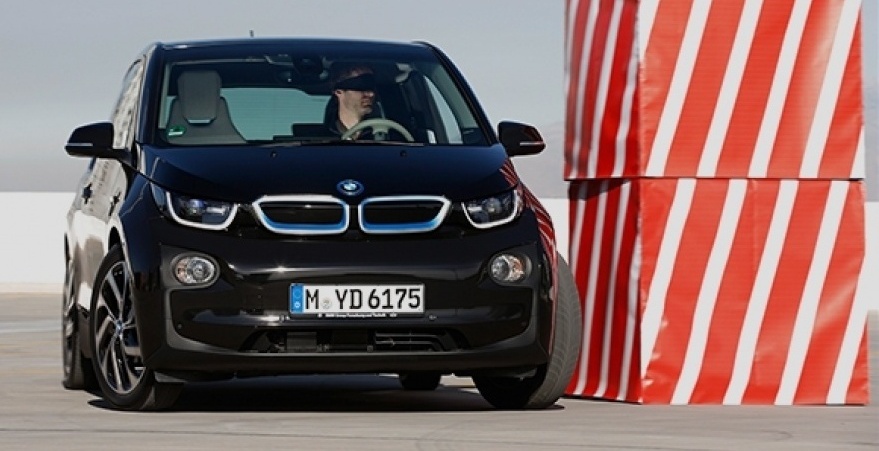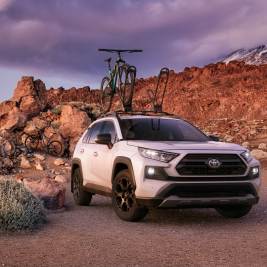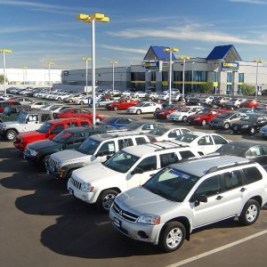American drivers would rather be safe than sorry, preferring anti-collision technology in their vehicles to other features by a fat margin.
That is the conclusion of J.D. Power’s 2015 U.S. Tech Choice Study, which found that “three of the top five technologies consumers most prefer in their next vehicle are related to collision protection.”
In fact, the top two technologies identified by drivers in the study have to do with collision avoidance.

BMW i3 collision avoidance test.
“Technologies that reduce the overall burden of driving and enhance the safety of the vehicle and its occupants receive the most consumer attention,” according to the study. “Among the technologies consumers express most interest in having in their next vehicle are blind spot detection and prevention systems (40 percent), night vision (33 percent) and enhanced collision mitigation systems (30 percent).”
“There is tremendous interest in collision protection technologies across all generations, which creates opportunities across the market,” said Kristin Kolodge of J.D. Power.
The only non-collision protection technologies making the top five were camera rearview mirrors (30 percent), which falls into the driving assistance category, according to J.D. Power, and self-healing paint (25 percent), which is categorized as a comfort and convenience technology.
The least preferred technologies in the Tech Choice Study were hand gesture controlled seats, biometric driver sensors and certain types of touch screens, each at eight percent, as well as health and wellness systems and hand gesture controlled cockpits, each preferred by nine percent of study respondents.
And there was “very little interest in energy efficiency technologies such as active shutter grille vents and solar glass roofs,” Kolodge said, “because of other efforts automakers are taking to improve fuel economy, as well as relatively low fuel prices at the present time.”
Kolodge also noted “lukewarm” interest in technologies that connect phones to vehicles.
Predictably, perhaps, the study determined that the younger the driver, the more willing that driver was to spend more on technology features. So, Gen Y drivers, a.k.a., millennials, the youngest group surveyed, is willing to spend nearly twice as much as Pre-Boomers, the oldest group, $3,703 to $2,067. In between were Gen X’ers at $3,007 and Baby Boomers at $2,416 on average.
The Tech Choice Study, which was conducted January through March, is based on an online survey of more than 5,300 consumers who purchased or leased a new vehicle in the past five years.


